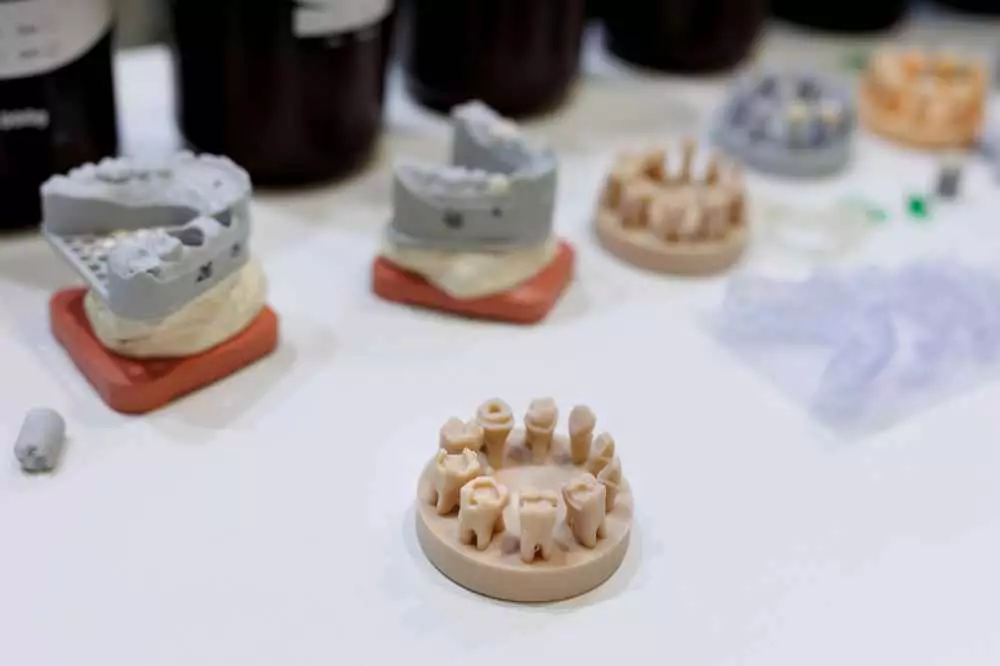Introduction to Traveling Exhibitions
In an era of continuous development in educational technology and the growing need for access to information, traveling exhibitions are becoming an invaluable tool in presenting various areas of knowledge. One of the key areas that can benefit from such a format is anatomy. In this article, we will look at how to effectively present the subject of anatomy in the form of traveling exhibitions that will capture the attention of students and adults alike.
The Importance of Roadshow Exhibitions
Traveling exhibitions are an excellent way to reach a wide audience. Because they travel from place to place, they have the chance to present themselves in different cities and towns. This approach allows them to reach people who may not have the opportunity to attend traditional museums or educational institutions.
What's more, these exhibitions often engage local communities in ways that would not be possible in permanent locations. Workshops, lectures and interactive presentations become a great way to inspire visitors to further explore the mysteries of anatomy.
How to Organize a Traveling Exhibition on Anatomy
Organizing a traveling exhibition requires diligence and a well-thought-out concept. Here are some key steps to properly prepare an exhibition on anatomy:
1. Choosing a Theme and Objectives
First and foremost, determine the main theme of the exhibition. Should it focus on human body structure, or perhaps focus on animal anatomy? By defining the purpose of the exhibition, you can determine both the target audience and the form of the message.

2. Gathering Materials
The next step is to collect appropriate materials. You can use anatomical models, interactive touch screens or multimedia materials to visualize complex body structures in an accessible way. It is important that the materials are both educational and visually appealing.
3. Interactive Elements
One of the key elements that distinguish traveling exhibitions is their interactivity. Introducing quizzes, educational games or simulations can greatly increase visitor engagement. This will allow participants to not only observe, but also actively participate in learning.
Technology in Touring Exhibitions
The use of modern technology in traveling exhibitions opens up new possibilities in presenting anatomy. Virtual reality (VR) or augmented reality (AR) is becoming increasingly popular in education and can be a phenomenal addition to traditional exhibitions.
With VR technology, participants can go inside the human body, observing individual organs in their natural environment. AR, on the other hand, allows information to be superimposed on the actual image of what the participant sees, which translates into a deeper understanding of complex anatomical processes.
Examples of Successful Roadshows
Practice shows that well-organized traveling exhibitions can attract crowds. One example is the "Human Body" exhibition, which visited various cities in Poland using advanced technology and interactive educational elements. It attracted both students and teachers who were looking for interesting ways to learn about anatomy.
Another successful project was an exhibition on animal anatomy, organized in cooperation with a veterinary university. It offered not only anatomical modeling, but also workshops with hands-on activities for participants.
Challenges of Organizing Traveling Exhibitions
While traveling exhibitions have many benefits, organizing such an event is not free of challenges. First and foremost, logistics can be a significant problem. Moving materials, ensuring proper conditions for exhibits and planning the schedule of visits require careful preparation.
In addition, care must be taken to promote the event. In the age of the Internet, an effective marketing campaign on the web and in local media can attract more visitors. The key to success is to work through various communication channels and cooperate with local educational institutions.
Summary
Traveling exhibitions are an extremely effective way to present anatomy-related issues. Proper organization, the use of modern technology, the use of interactive elements and effective promotion are key to the success of such an event. This allows you to reach a wide audience and make science a fascinating adventure. Participants in such exhibitions have a chance to discover not only the secrets of the human body, but also to understand how unusual anatomy is in the context of biodiversity on our planet.
